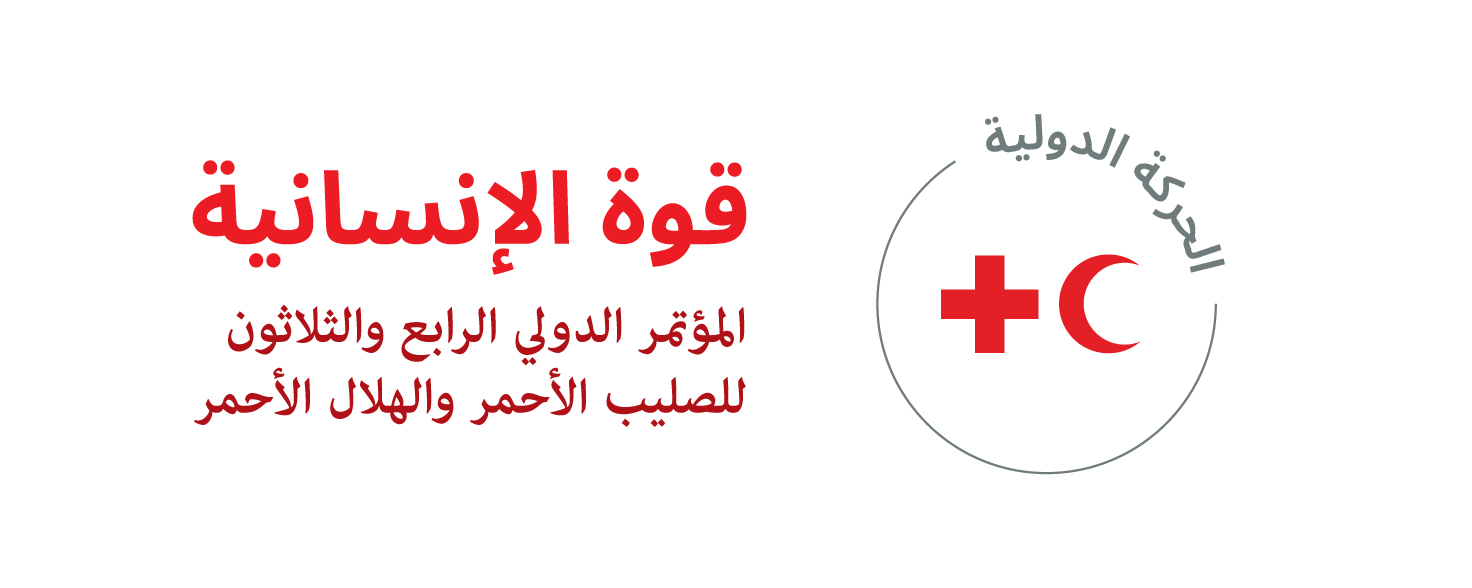هل الدولة/ الجمعية الوطنية/المؤسسة أدرجت الالتزامات الواردة في هذا القرار في الخطط الاستراتيجية أو التشغيلية ذات الصلة؟
نعمأُدرجت الالتزامات في كل مما يلي
الاستراتيجية
السياسات
الخطط التشغيلية
على المستوى الدولي المستو
التفاصيل:
Canada continues to work through the international humanitarian system to deliver timely, needs-based, gender-responsive, and predictable humanitarian responses. In particular, rapid and early action can help affected communities prevent, address, and mitigate losses and damages caused by climate-induced disasters, in turn helping to build resilience. As humanitarian funding and partners continue to be squeezed, Canada supports anticipatory action and pre-arranged financing mechanisms, such as the Central Emergency Response Fund (CERF) and IFRC’s Disaster Relief Emergency Fund (DREF), to proactively reduce humanitarian needs.
Further, in 2022, Canada signed on as a Supporter to the IFRC and ICRC’s Climate and Environment Charter for Humanitarian Organizations, which aims to mobilize humanitarian organizations’ collective action to respond to the humanitarian impacts of climate and environmental crises and to reduce the environmental impact of humanitarian work. Subsequently, Canada signed onto the Humanitarian Aid Donors’ Declaration on Climate and Environment in July 2024.
هل الدولة/ الجمعية الوطنية/المؤسسة تعمل مع شركاء آخرين من أجل تنفيذ الالتزامات الواردة في هذا القرار ؟
نعمعملت في شراكة مع:
الجمعية الوطنية للصليب الأحمر أو الهلال الأحمر في بلدكم
الحكومة و/أو السلطات العامة
اللجنة الدولية للصليب الأحمر / الاتحاد الدولي
شركاء في العمل الإنساني والإنمائي (على سبيل المثال، الأمم المتحدة، منظمات غير حكومية الخ..)
أمثلة على التعاون مع شركاء:
Response-initiatives/mechanisms related to this resolution, supported by Canada over the reporting period, include the Disaster Relief Emergency Fund, the Central Emergency Response Fund (which is increasingly focusing on anticipatory action, and in 2023, allocated close to one-third of its funding to climate-related emergencies), WFP’s Immediate Response Account, and the Anticipatory Action window of FAO’s Special Fund for Emergency and Rehabilitation Activities (SFERA).
Canada also engages regularly on climate-related issues, including anticipatory action, through governing boards of our key multilateral partners. This includes, amongst other initiatives, supporting joint statements, as well as advocating for our humanitarian partners to increasingly include climate considerations in their response planning.
هل واجهتم أية تحديات في تنفيذ الالتزامات الواردة في هذا القرار ؟
كلاهل كان للالتزامات الواردة في هذا القرار أي آثار على عمل الدولة/ الجمعية الوطنية/المؤسسة وإدارتها؟
نعمنوع التأثير:
تعزّز التعاون بين الحكومة /السلطات العامة والجمعية الوطنية
أصبحت البرامج والعمليات أكثر فعالية وكفاءة
وضعت أدوات/منهجيات ابتكارية ويجري استخدامها
أُبرمت شراكات مع جهات إنسانية فاعلة أخرى أو تحسّنت الشراكات القائمة
تفاصيل عن هذا التأثير:
As noted above, Canada supports a range of disaster-response tools, and is continually reviewing its approach to ensure that it can respond effectively and efficiently to meet the needs of crisis-affected populations.



